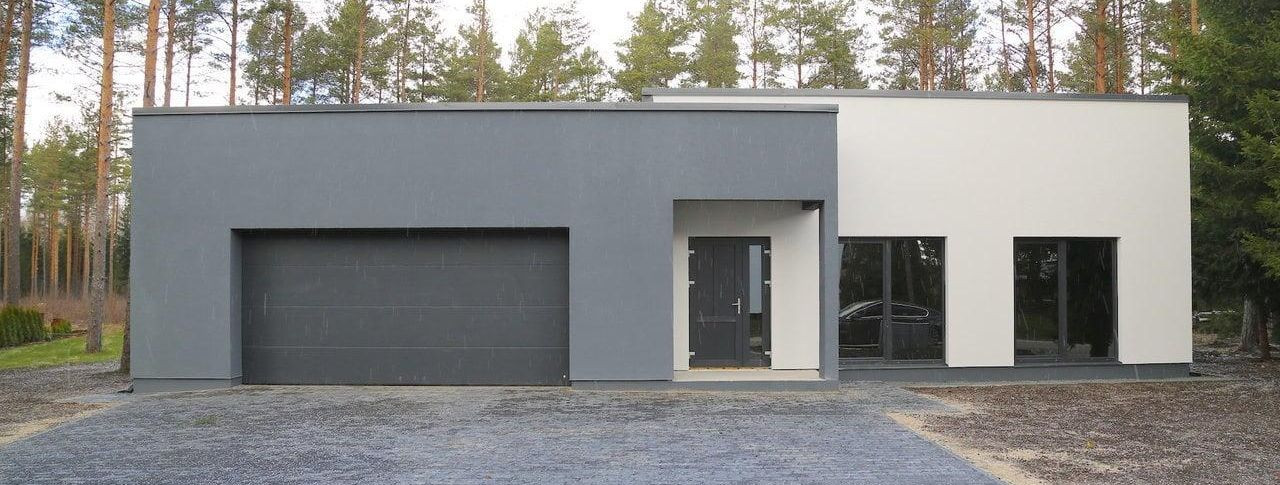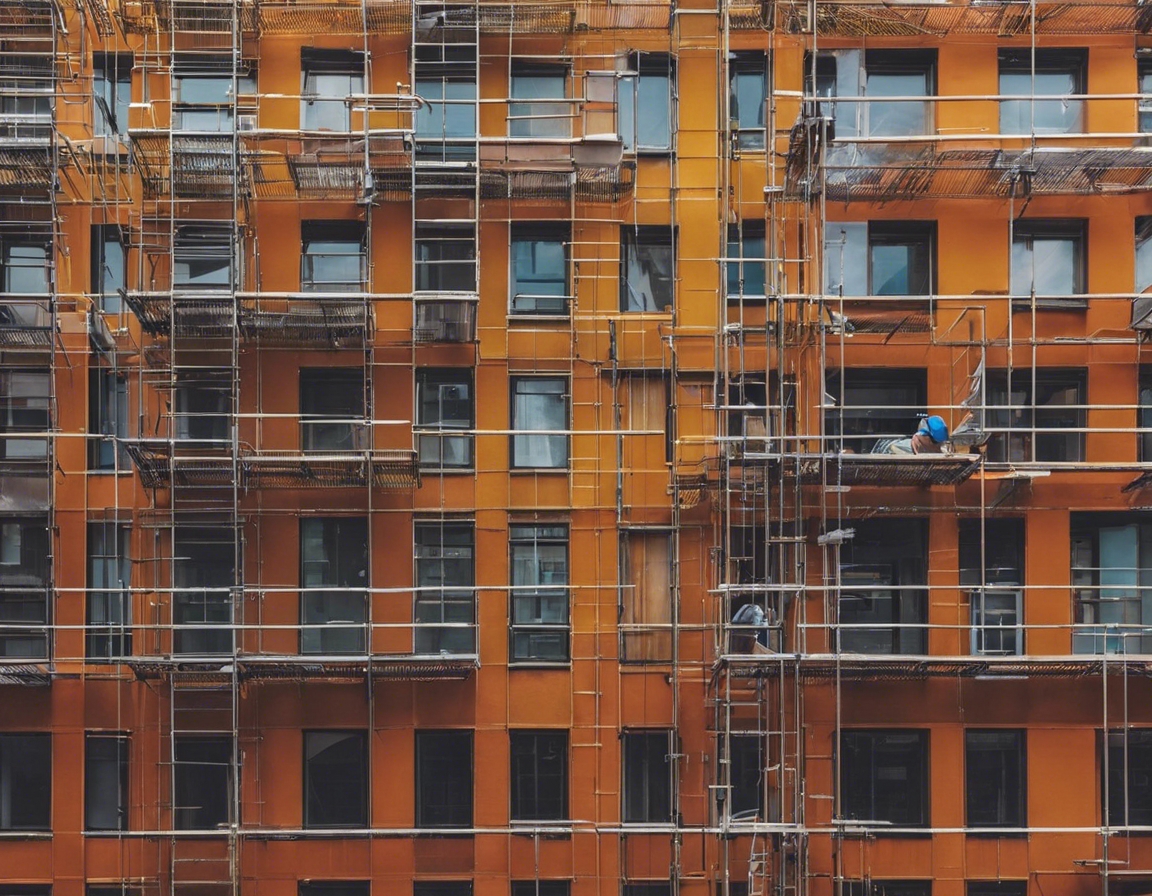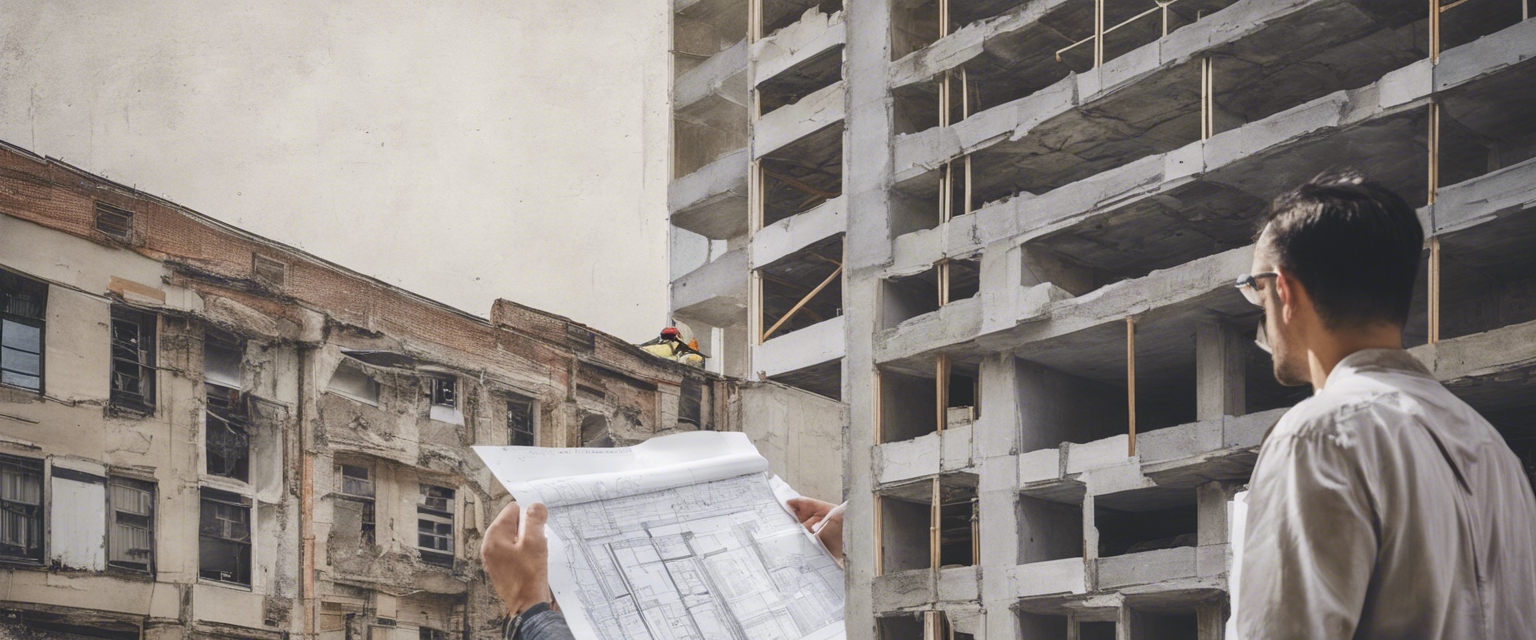The art of concrete: crafting durable and aesthetic structures
Concrete has been a cornerstone in building for millennia, evolving from ancient Roman times to become the backbone of modern architecture. Its ability to be shaped, its durability, and its cost-effectiveness have made it a material of choice for builders and architects alike.
Concrete's versatility allows it to meet various structural and aesthetic requirements. It is fire-resistant, withstands harsh weather conditions, and provides excellent thermal mass, contributing to energy efficiency in buildings.
Understanding the Properties of Concrete
Concrete is composed of cement, water, and aggregates. The proportions and types of these components can vary, leading to different types of concrete suitable for various applications, from high-strength to decorative finishes.
The physical properties of concrete, such as its compressive strength, porosity, and workability, play a crucial role in its longevity and the aesthetic possibilities it offers.
Designing with Concrete: A Blend of Functionality and Beauty
Concrete's moldability allows for innovative shapes and textures in design, pushing the boundaries of traditional architecture. It can be used to create sleek, modern lines or intricate patterns, making it a versatile choice for any design philosophy.
Advancements in concrete technology, such as self-healing concrete and ultra-high performance concrete, are enhancing the capabilities of this age-old material, allowing for more resilient and sustainable structures.
Concrete in Urban Development
As urban areas continue to grow, concrete plays a vital role in sustainable development. Its durability and energy efficiency contribute to the creation of buildings that can withstand the test of time while minimizing environmental impact.
From the brutalist masterpieces of the mid-20th century to contemporary marvels, concrete has been used to create some of the world's most iconic structures, demonstrating its versatility and enduring appeal.
Maintenance and Longevity of Concrete Structures
Regular maintenance, including cleaning, sealing, and timely repairs, can significantly extend the life of concrete structures, ensuring they remain both functional and visually appealing for decades.
When concrete does show signs of wear, modern repair techniques can restore its integrity and appearance, often improving upon the original structure's performance and energy efficiency.






Comments (0)